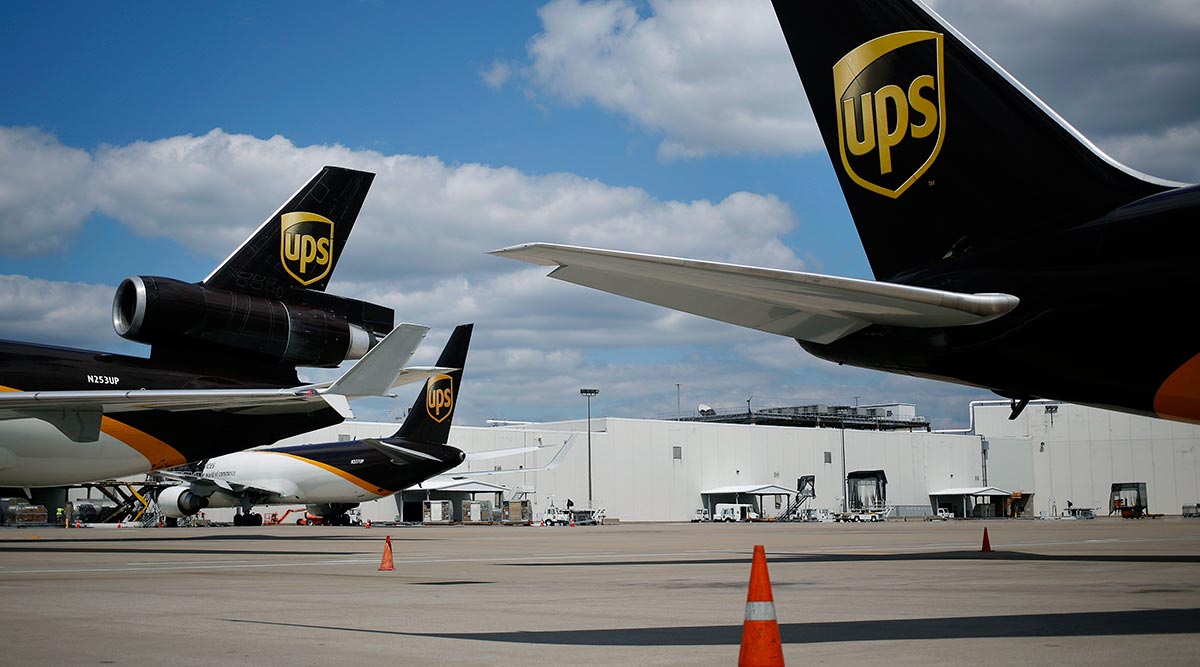EPA Plan to Cut Airplane Emissions Won’t Take Effect Until 2018

The U.S. Environmental Protection Agency on June 10 declared airplanes as a significant contributor to global climate change, but said a final rule requiring cuts in emissions is still years away.
The EPA’s first step to regulating pollutants from aircraft is a proposal to determine that burning of jet fuel endangers human health and welfare. A final decision on that proposal won’t be made until 2016, after the public has a chance to comment.
By then, the United Nations’ International Civil Aviation Organization will likely have finished a global emissions regulation for airplanes in the works for five years. Those rules will serve as a template for the U.S. regulations.
Environmental groups welcomed the EPA action they have sought since 2007, though some cautioned about the tie to the ICAO.
“It’s an important first step, but too little too late,” said Vera Pardee, a senior attorney at the Center for Biological Diversity, one of the groups that petitioned EPA to regulate aircraft emissions. “The proposed finding that aircraft carbon emissions are dangerous is unassailably correct. But EPA is punting responsibility for setting emissions standards to an international agency.”
Pardee said ICAO may delay significant reductions until 2030 or later.
The goal of the U.N. process is a “meaningful international standard because that will achieve the most reductions,” Chris Grundler, director of the EPA’s office of transportation and air quality, said during a conference call with reporters.
A final EPA rule regulating aircraft emissions would be released around 2018, Grundler said.
The main U.S. lobbying group for commercial airlines said it was important that the United States not act alone.
“Aviation is a global industry, making it critical that aircraft emissions standards continue to be agreed upon at the international level,” said Nancy Young, A4A vice president of environmental affairs. “While we believe that any regulatory action must be consistent with both the agency’s authority under the Clean Air Act and the future ICAO standard, today’s action reconfirms the EPA’s commitment to the ICAO process for achieving a global CO2 standard for new aircraft.”
The aircraft plan broadens the President Obama’s effort to tackle climate change beyond automobiles and power plants. The EPA also is planning to announce new rules for heavy-duty trucks soon, as Obama looks to cement his legacy on addressing global warming.
Aircraft account for 3% of greenhouse gases and 11% from transportation activity in the United States, according to the EPA.
The EPA said greenhouse gases from aircraft are expected to increase by nearly 50% from 2010 to 2035.
“President Obama is taking an important step on climate once again by finding that carbon pollution from airplanes poses the same danger to our climate as carbon pollution from other sources,” Joanne Spalding, an attorney with the Sierra Club, an environmental group, said in a statement.
The EPA plans to hold a public hearing on the aircraft proposal on Aug. 11 in Washington. The public will have 60 days to comment before the EPA issues a final decision.
The EPA issued a finding in 2009 that greenhouse gases were a danger to public health, part of the agency’s effort to establish fuel-economy standards for automobiles and trucks. The same finding was used last year in proposing regulations for power plants.




